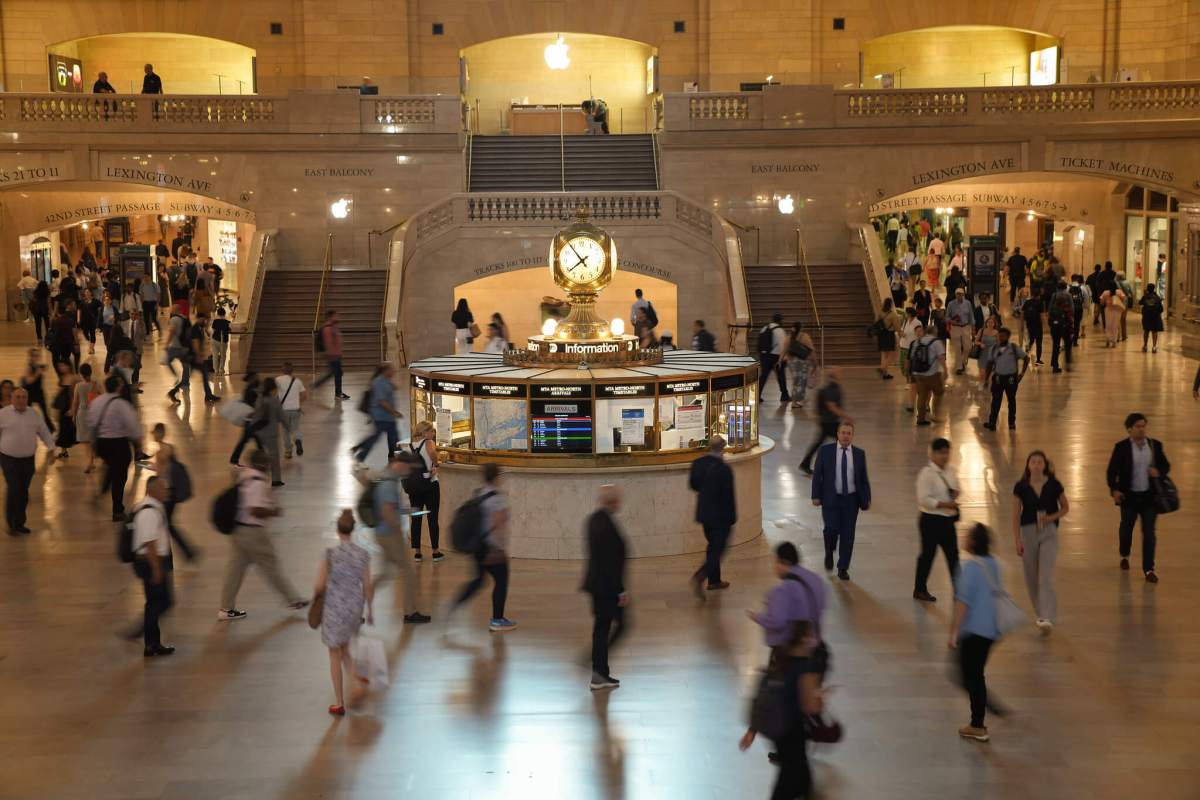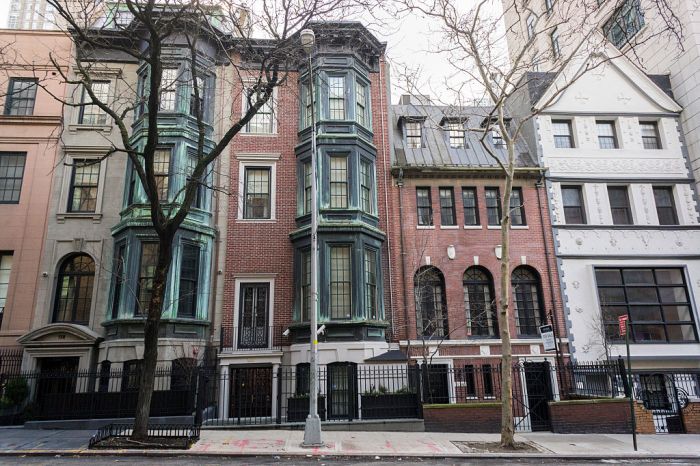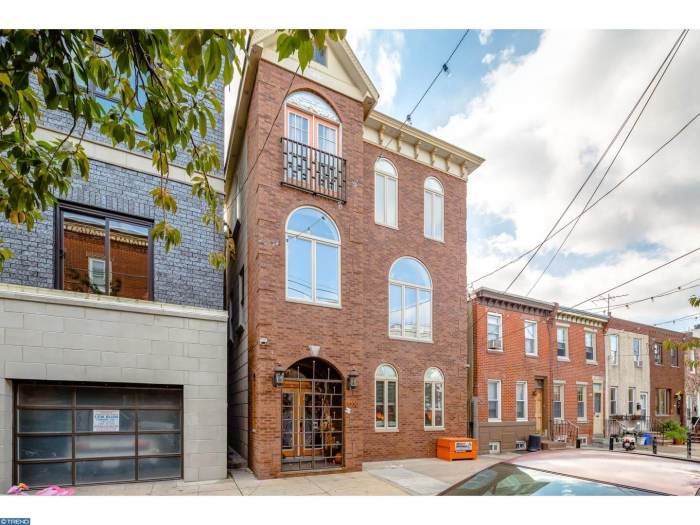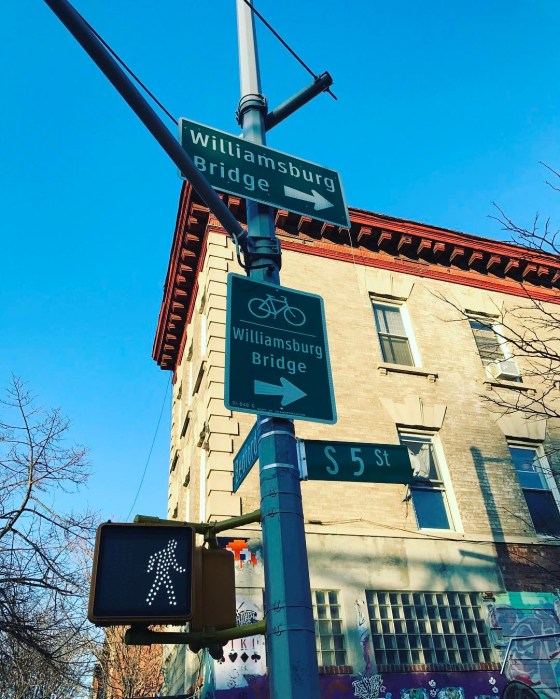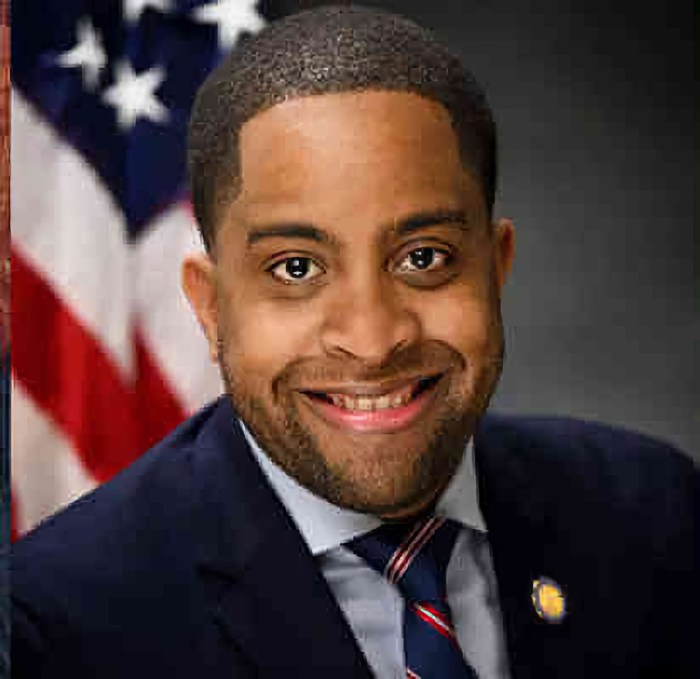They follow the scent ofsoon-to-be-built Trader Joe’s like catnip. Working professionals who used to view Allston and Brighton as messy neighborhoods for college kids looking to drink Pabst Blue Ribbon and smoke Parliament Lights are now flocking to the area. “I have been seeing more people in their late 20s to 30s, and I wonder if Allston’s demographic is starting to trend a bit older, more professional than it’s known for,” says Brynna Epperly, 29, a financial associate who lives off Commonwealth Avenue in Allston. She rents a three-bed, one-bath unit with two friends, for which they pay $2,325 per month, including heat and hot water. Real estate professionals echo Epperly’s sentiments. “I think more people are seeing Allston and Brighton as a cost effective alternative to Cambridge, especially with Harvard relocating its Science and Engineering Complex in Lower Allston,” says Kevin Cleary, broker and owner of Re/Max Select Reality based in Brighton. “I’m also seeing more people who have started their search in Cambridge and come over to this side of the river because of how much more house they can get for the money.” Cleary cites the recent addition of the Boston Landing Commuter Rail Station and the announcement that Trader Joe’s will move into the Continuum Building in Lower Allston as attractive draws for professionals. But ultimately, it’s price that’s the biggest draw: Rents in Allston/Brighton are priced between $800 and $1000 per bedroom, with prices for units closer to the Green Line going for $1000 to $1200 per bedroom. And if you’re looking to buy, you better act fast. Property is scare, and the median price for a condo is $415,000. “Allston and Brighton definitely need more two- and three-bedroom condos priced in the $400 to $600,000 range to stay competitive with other neighborhoods in Boston, as well as the surrounding communities where the housing stock is more abundant,” says Cleary. But in the eyes of current residents, the best way to maintain and continue attracting the professional crowd to the neighborhood is by improving what’s already there.
“Speed limit enforcement on Commonwealth Avenue, improvement of parks and green spaces, better access to the Charles River,” Epperly lists as examples. “I like to think more residents would be invested in the neighborhood if the city started leading the charge.”








